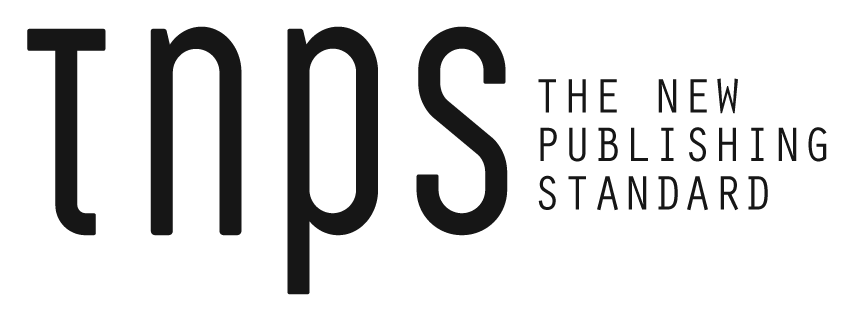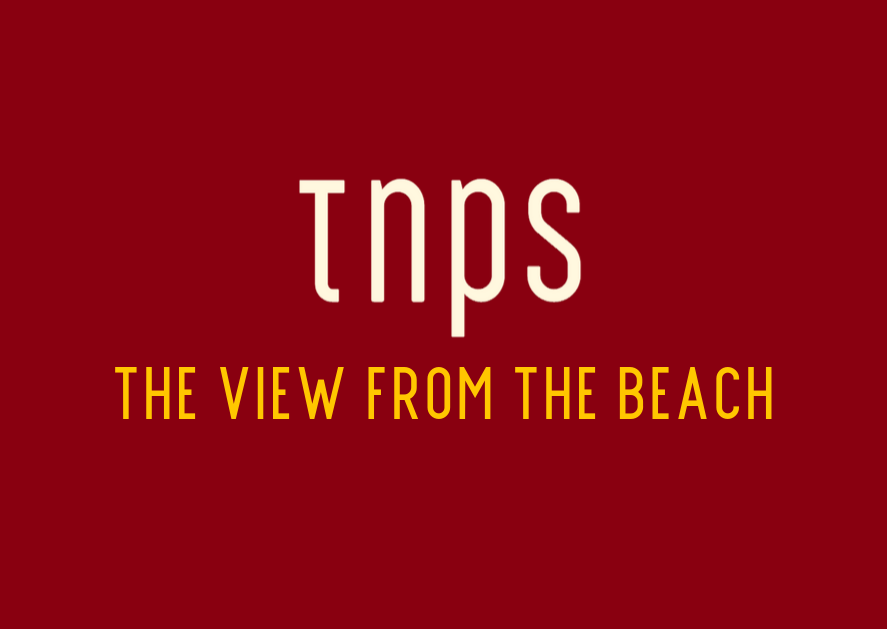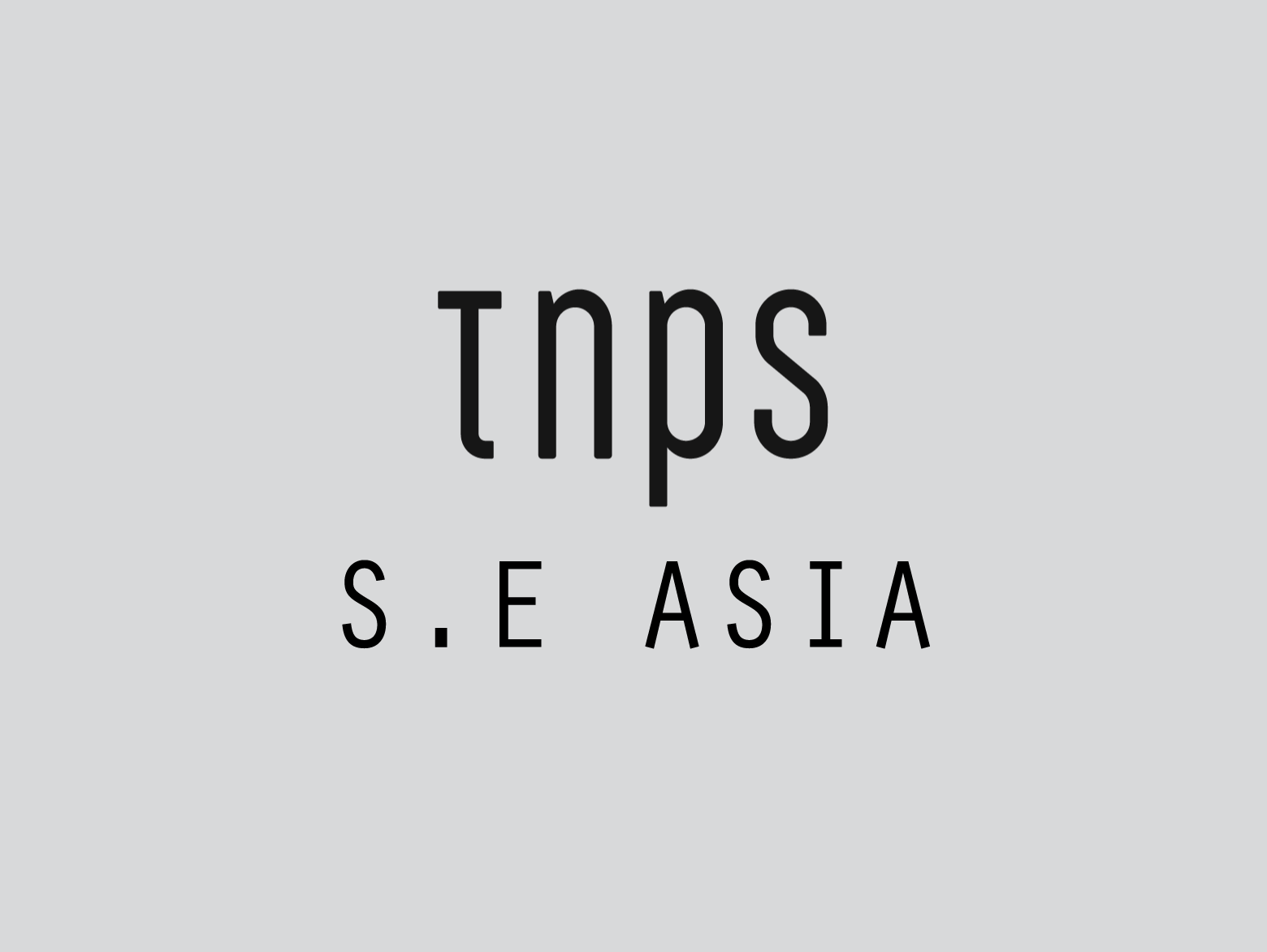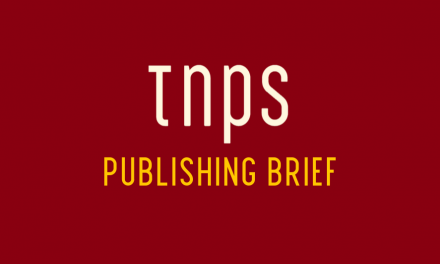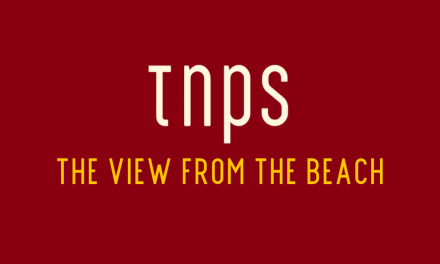Everand explains that “studies have even shown that” blah, blah, blah, completely undermining the integrity of the survey by introducing third party insights the respondents might well never have heard of.
Everand’s “State of Reading Report 2025 might more accurately be called State of Reading Report Q3 2024, given the dates the survey was conducted, but the report nonetheless offers some useful insights into the US market, providing we keep in mind the methodology: That Everand asked the views of “1,500 respondents between the ages of 18-64, living in the United States, who self-report having paid for an audiobook or ebook subscription in the last two years.”
It’s not clear if they were all contacted through the Everand subscriber list, but that seems probable, and calls into question the validity of some findings, as noted below between summaries of each section.
For the full report, click here.
The PDF report runs to 14 pages, mostly white space and 16 or so AI-generated images (I’ve shared a few below – be warned!), and the wishy-washy summaries sound like they were first-prompt AI-generated too, even if the numbers are real.
So here we go:
Why We Read
Purpose of Reading: 95% of respondents read for entertainment or leisure, but it also helps with well-being and personal growth.
Benefits: Reading provides joy, calm, escapism, empathy, creativity, and problem-solving skills.
TNPS – Wait, what? Surveyed respondents said that?
No, in fact Everand explains that “studies have even shown that” blah, blah, blah, completely undermining the integrity of the survey by introducing third party insights the respondents might well never have heard of.
TNPS – A reminder these images are from the Everand report and may be detrimental to your metal health.

Who Reads What
Gender Differences: Men are more likely to read for work or education, while women feel more relaxed by reading.
Regional Preferences:
Western US favors Science Fiction, Fantasy, and reading for knowledge.
Northeast prefers Biographies & Memories.
South leans towards Religion & Spirituality.
Popular Genres: Mystery & Crime, followed by Thrillers, are the top genres across all regions and age groups, except 18-24 year-olds who prefer romance.
Reading Communities: Online communities like BookTok and Bookstagram connect readers across categories and regions.
TNPS – unfortunately there is no indication as to what percentage of respondents came from each listed region, so while the numbers look impressive, there’s little of substance here.
How and What We Read
Formats: Majority prefer a mix of physical and digital books; 50% prefer physical and digital mix, 57% prefer a mix of audiobooks and ebooks. Only 14% said they preferred physical books.
TNPS – this of course from a survey of people signed up to digital subscription, so tells us little, and which begs the question what would that number be if the same survey was conducted outside a bricks & mortar book store…
Reading Habits: People read whenever they have free time, right before bed, or anytime they feel like it.
Preferred Reading Spots: 43% enjoy reading at home in a cozy spot, 19.2% prefer their bed.
TNPS – with no distinction between text and audio consumption, this again tells us little.

Evolution of Reading
Social Media Influence: 63% think social media influences reading’s popularity, especially younger readers.
Book Clubs: 69% of participants in book clubs discover new books and authors, 63% connect with others who share a love of reading.
TNPS – Given these are subscription participants it’s logical social media drives their interest. Ditto for book clubs.
Challenges: 43% haven’t participated in book clubs due to book choice preferences; 30% are interested in customizable clubs.
TNPS – this stands out for me. Given my location in West Africa, physical books aren’t a option, and many online book clubs are enticing at first glance, until one looks at the limited selection. Given how little time I have to read, and I cannot justify time spent reading a book I would never otherwise have touched, just to be pat of the book club discussion.

Book Bans: 86% oppose book bans, with strongest opposition from the Midwest (71%).
TNPS – again, without knowing the geographical spread of the respondents, this tells us little.
Everand Everything Club
New Book Club Format: Encourages reading whatever, whenever, and however readers want.
TNPS – here’s where the survey becomes self-serving and loses credibility. Likewise next:
Subscription Services: 77% use popular ebook and audiobook services daily or weekly, valuing affordability, diverse offerings, and dual-format options.
TNPS – so all in all, this survey is most valuable to publishers and authors targeting subscription marketplaces.
Memo to Everand: I found myself spending more time trying to decipher the images than interpreting the stats. If the intention was to give AI imagery a bad name, you nailed it. It will take weeks for the mental scarring to heal from trying to make sense of this one:

This post first appeared in the TNPS LinkedIn newsletter.
